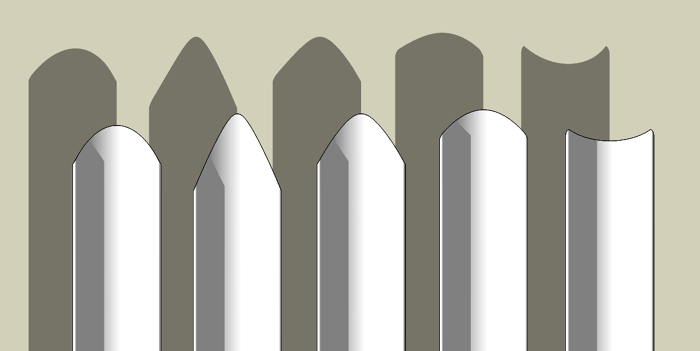
Way back in one of my early blog posts I demonstrated a way to cut the bevel on a gouge. I had a request to revisit the process and unfortunately, or maybe fortunately, the video disappeared before I could migrate it to a new host. I say fortunately because I’ve got a different, more straightforward method of doing it.
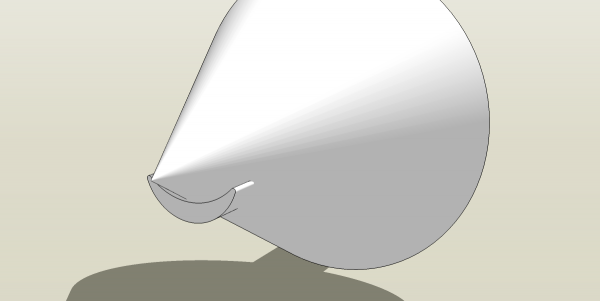
In a nutshell, we draw the cross section of the gouge, extrude it and intersect it with a cone. There’s an interesting thing that happens when you intersect various curves. Slight changes to those curves can have dramatic effects. This kind of thing makes me wish I’d paid more attention in Geometry class.
Simply manipulating the shape or location of the cone in this case changes the shape of the point of the gouge. These shapes, below, are made with the same cross section but the location and shape of the cone varies.
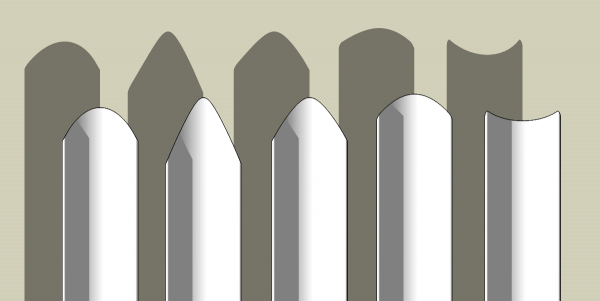
The two on the left were made from the cone after I scaled the bottom to make it elliptical in either the vertical direction or horizontally. The one in the middle is with the normal cone but the gouge is closer to the centerline of the cone where the radius is smaller. The second from the right is done a little farther from the centerline of the cone and the one on the right farther yet.
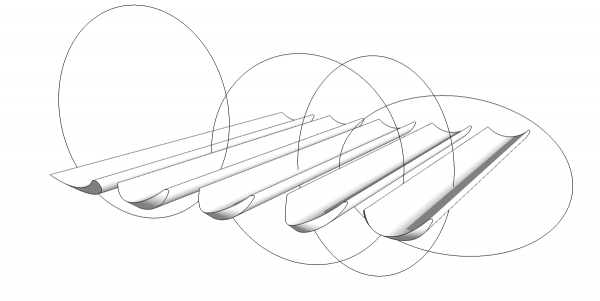
I left the bases of the cones showing so you can see the relative positions and shapes.
Here’s a video that shows the process of cutting the bevel.
–Dave

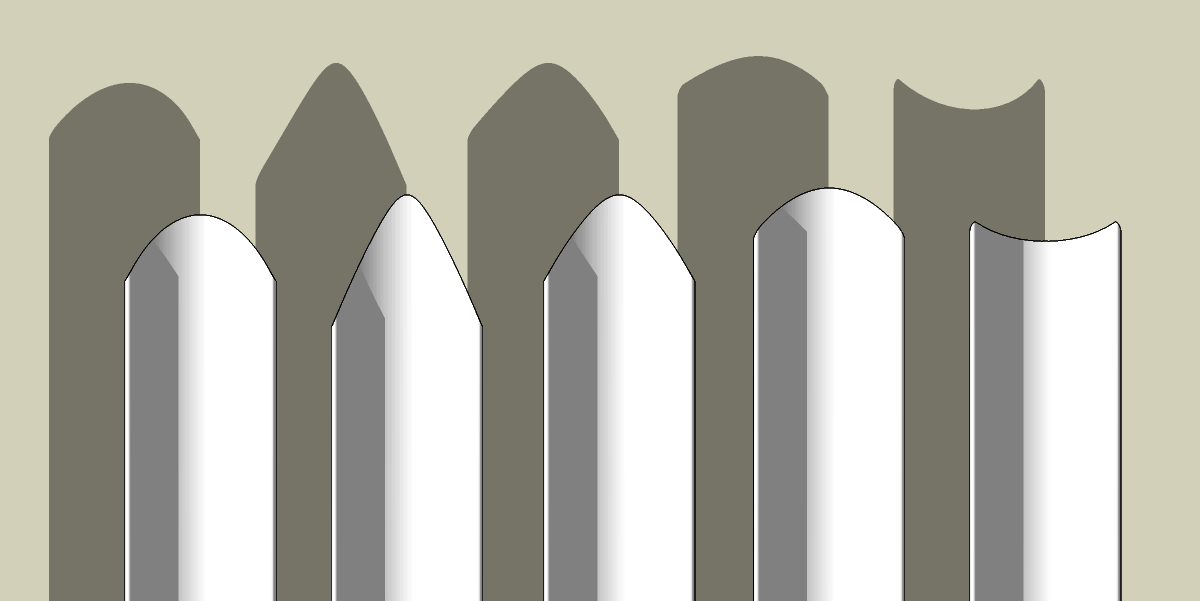
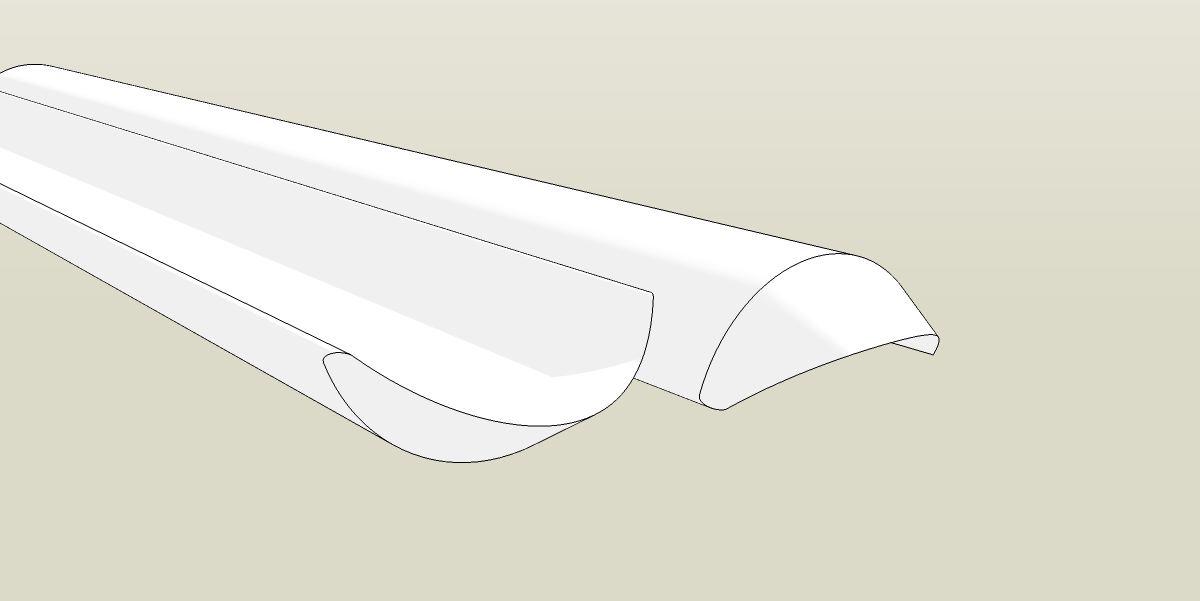
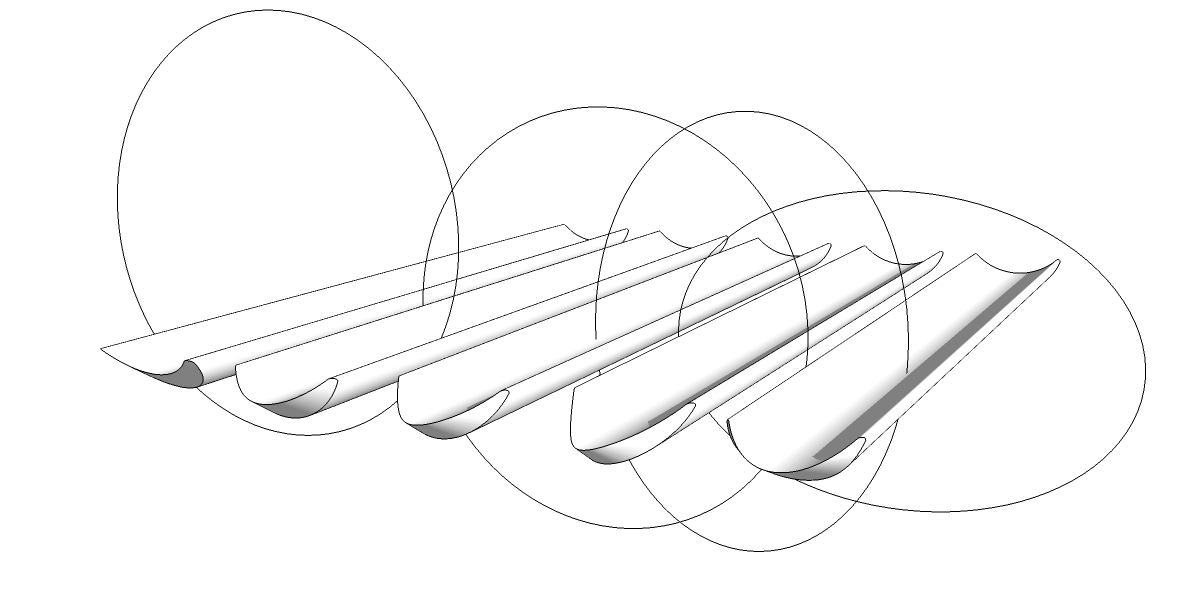
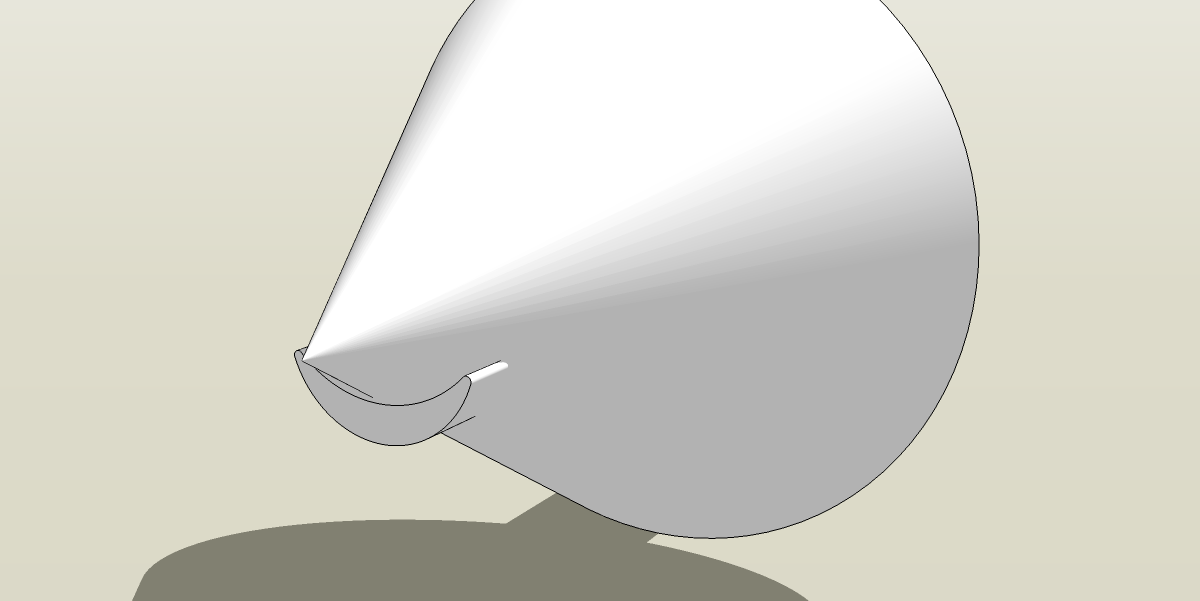






















Comments
Thanks for recreating the video and for offering a different approach! That last little bit was an added bonus as it makes you think about what is happening at the stone when you actually grind a gouge.
Best regards,
Matt
Matt, I'm happy that helped. It is indeed interesting to think about how you can change the geometry with slight changes to single settings such as angle or height of the center of rotation.
I imagine there are a lot of other things this would apply to as well.
-Dave
Thanks Dave great information
Log in or create an account to post a comment.
Sign up Log in